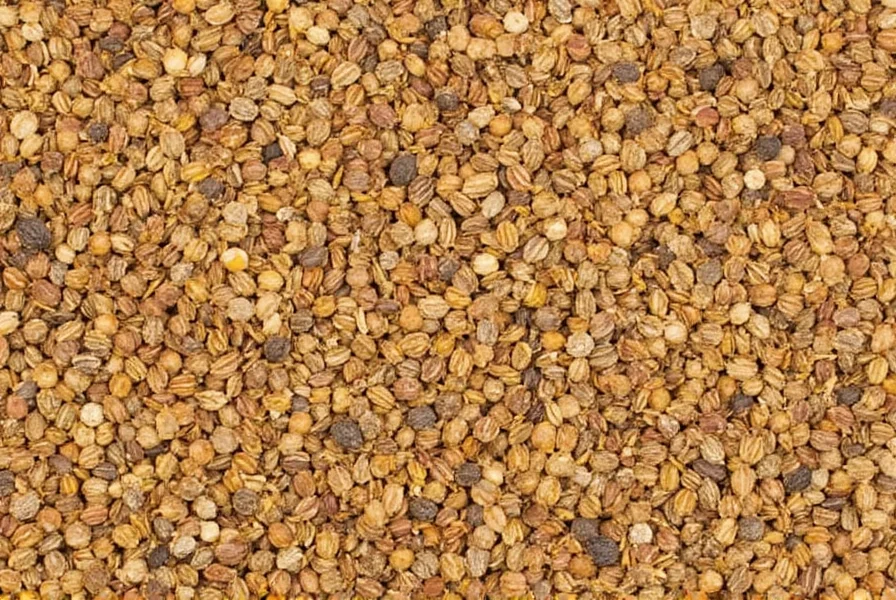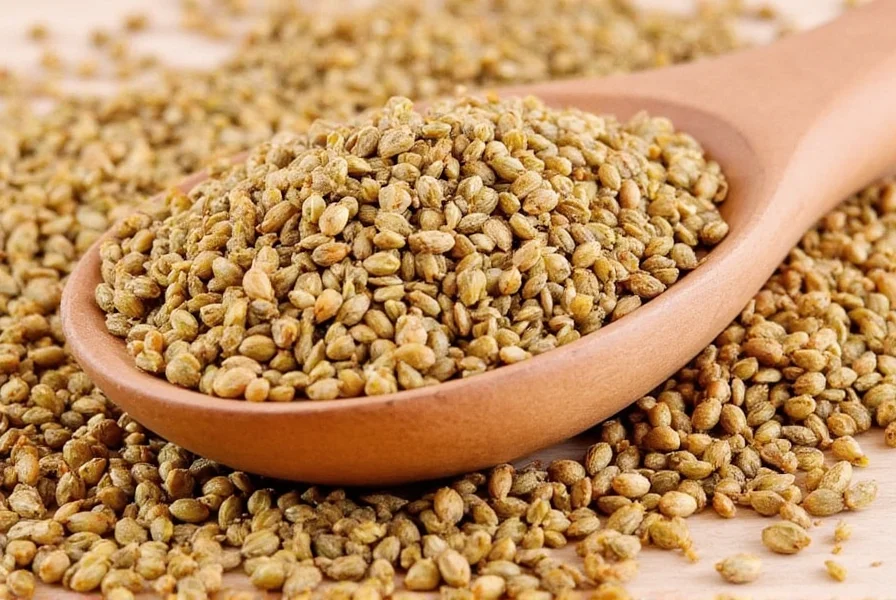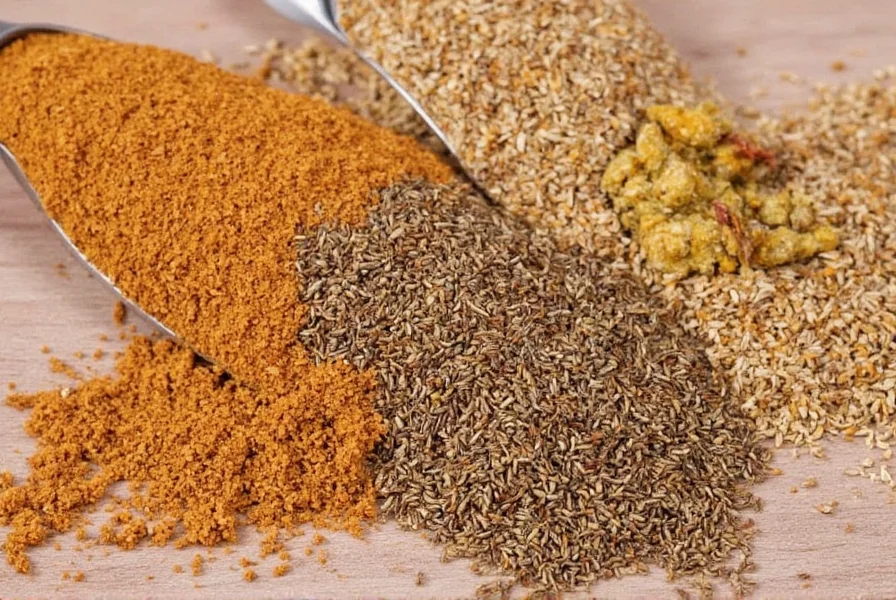Understanding the relationship between cumin and jeera eliminates confusion for home cooks exploring global recipes. While the names differ across cultures, they describe identical seeds from the Cuminum cyminum plant. This clarification matters because many authentic Indian recipes list “jeera” while Western cookbooks use “cumin,” creating unnecessary uncertainty for culinary enthusiasts.
The Linguistic Connection Between Cumin and Jeera
The word “jeera” originates from Sanskrit “jīraka,” which evolved into Hindi and Urdu terminology. English adopted the term “cumin” from Latin “cuminum” and Greek “kyminon.” Despite these linguistic differences, both terms describe the same crescent-shaped, ridged seeds with a warm, earthy aroma.
When examining spice labels, you might notice variations:
| Term Used | Region/Cuisine | Spice Form |
|---|---|---|
| Jeera | Indian subcontinent | Whole seeds |
| Cumin seeds | Western countries | Whole seeds |
| Dhania (confusion point) | Indian subcontinent | Coriander (different spice) |
| Shahi jeera | Indian subcontinent | Black cumin (different spice) |
Botanical Identity and Physical Characteristics
Cumin seeds (jeera) measure 3-6mm long, with a distinctive curved shape and nine ridges. Their color ranges from yellow-brown to dark brown depending on origin and harvest time. The seeds contain 3-4% essential oil, primarily composed of cuminaldehyde, which gives cumin its characteristic aroma.
When shopping for this versatile spice, you'll find two primary forms:
- Whole jeera: Preferred for tempering in Indian cooking, releasing flavor when heated in oil
- Ground cumin: Used in spice blends and rubs, offering immediate flavor dispersion

Global Culinary Applications
Cumin's journey across cultures explains the naming confusion. In Indian kitchens, jeera appears in tadka (tempering) for dals and curries. Middle Eastern cuisine features cumin in falafel and hummus. Mexican cooking incorporates it into chili powders and adobo sauces.
Chefs worldwide recognize that properly blooming whole jeera in hot oil transforms its flavor profile. This technique, called “tadka” or “tempering,” releases essential oils that ground cumin cannot replicate. For authentic Indian dishes, starting with whole jeera rather than pre-ground cumin makes a noticeable difference in flavor complexity.
Common Points of Confusion
Many home cooks mistakenly believe jeera refers to a different spice. The most frequent mix-ups include:
- Black cumin (shahi jeera): Smaller, thinner seeds from a different plant (Bunium persicum) with more delicate flavor
- Caraway: Similar appearance but distinct flavor profile, common in European baking
- Coriander (dhania): Often confused due to similar seed shape but completely different taste
When recipes specify “jeera,” they always mean regular cumin seeds unless explicitly stating “black jeera” or “shahi jeera.” This clarification prevents recipe failures when following authentic Indian instructions.
Practical Cooking Guidance
For optimal flavor when using cumin/jeera:
- Store whole seeds in airtight containers away from light (stays fresh 3-4 months)
- Dry roast seeds briefly before grinding to enhance aroma
- Use 1 teaspoon whole jeera = 3/4 teaspoon ground cumin in substitutions
- Add whole jeera early in cooking for base flavor, ground cumin later for brighter notes

Nutritional and Flavor Benefits
Beyond its culinary importance, cumin offers notable nutritional properties. Two teaspoons of cumin seeds provide approximately 30% of your daily iron needs, along with manganese, calcium, and magnesium. The spice contains antioxidants like terpenes and phenols that contribute to its distinctive flavor and potential health benefits.
Culinarily, cumin brings earthy warmth with citrusy undertones. When properly toasted, it develops nutty, almost smoky notes that form the backbone of countless global dishes. Understanding that cumin is jeera allows cooks to confidently explore international recipes without terminology barriers.











 浙公网安备
33010002000092号
浙公网安备
33010002000092号 浙B2-20120091-4
浙B2-20120091-4